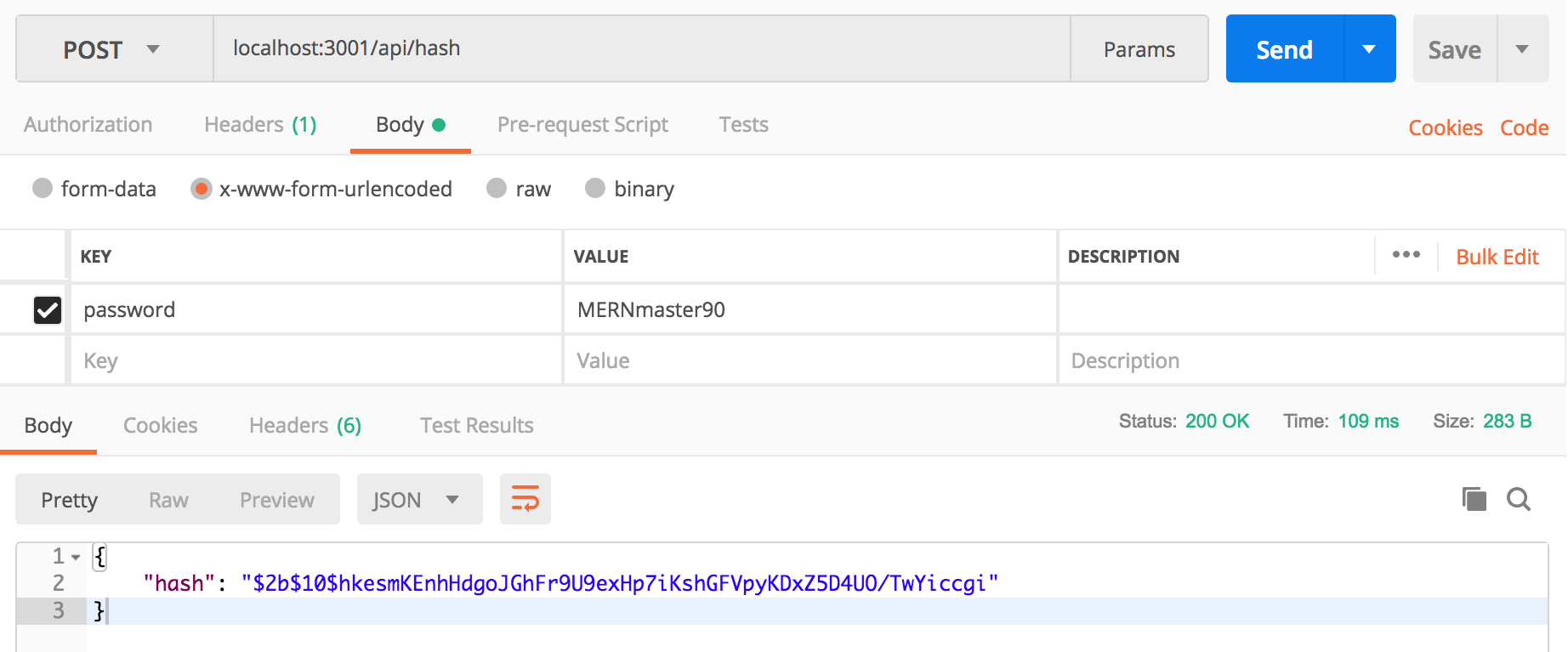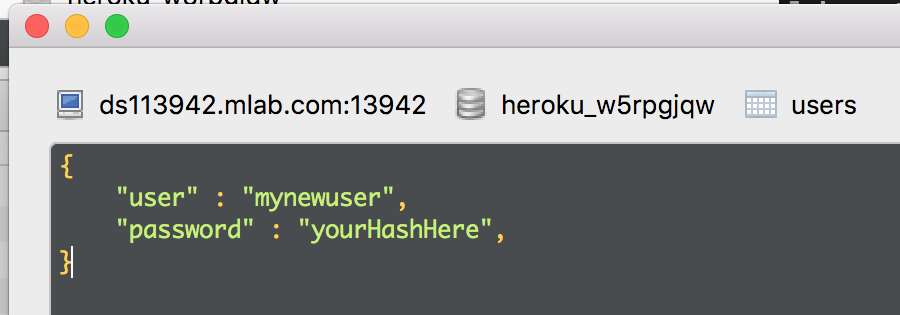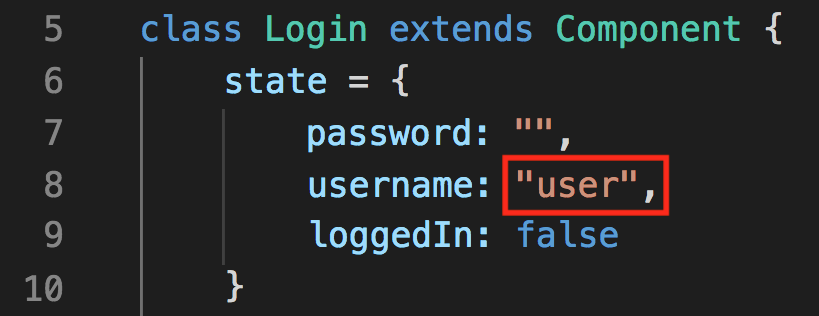The house points dashboard app was developed by Hannah A. Patellis and Cj Jordan for the August 2018 Georgia Institute of Technology Web Application Development Coding Bootcamp.
We decided to split the class into Harry Potter-themed "houses" and keep points to give students an incentive to do things like...
- Show up to office hours (+1 point for each student from a house to show up on time for office hours)
- Give an exceptional answer during class
- Help other students
- Form study groups and post photos as proof (+1 point per student to show up, for example)
The idea started to snowball as we gave the houses nerdy coding pun names, house crests, and the addition of a stuffed owl awarded to the house that earned the most points in that week. If they got the owl that house would get a 24 hour extention on their homework for that week.
We found this really boosted moral in our class and we hope it does the same for your class.
You are free to use the house crest artwork and our house names. Just attribute if asked, don't try to pass it off as your own, et cetera.
The application is made to run on Heroku with a mLab Mongo database.
- Create a Heroku app and provision it with an mLab Mongo database
- Clone this repo
- Create a local
.envfile with aMONGODB_URIvalue containing your mLab Mongo database URL (from Heroku) - Run
npm installoryarn install - Run
node seedDB.jsto seed the database with initial values
There is no create a user feature in this application. If you want to add a user, you need to take a few steps.
-
Uncomment the hashing API route from
server.jsto make the hashing function available -
Use an application like Postman to make a POST request to
localhost:3001/api/hashwith apasswordfield set to the password you want to hash
- Send the POST request and you'll recieve the hashed password in the body of the response in JSON format
After you have hashed a password, make a new user document in your Mongo database's "users" collection.
The document should include a user field and a password field which should contain the hash you got from localhost:3001/api/hash.
By default the application's login page (/login route) does not have a username field and logs in using the default username user. So to make multiple accounts available, you need to make a change to the front-end code.
- In
/client/src/pages/Login/Login.jsfirst change the state propertyusernameto a blank string. By default it is set touser(the default user account made with theseedDB.jsfile) so that every time the submit button is selected the authentication request is made with the usernameuser.
- In the same file, uncomment the username field div so that the user has a place to enter the username.



